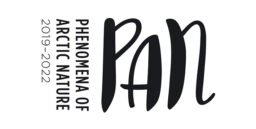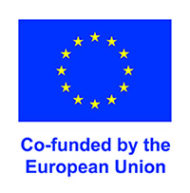Phenomena of Arctic Nature PAN
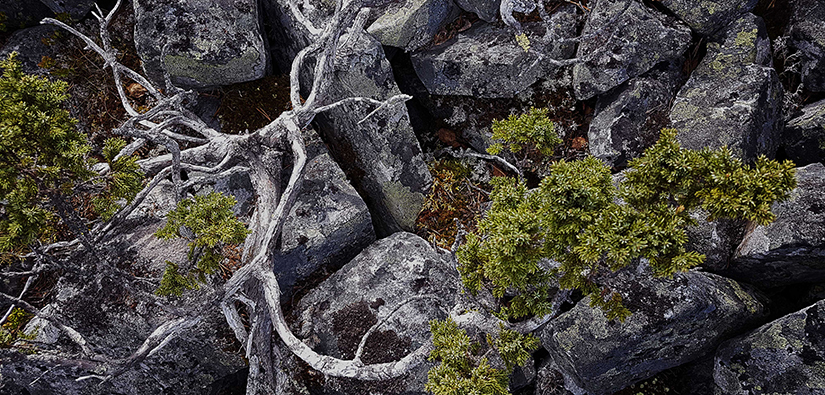
Thousand years of age
The phenomena of arctic nature offer enchanting experiences, and exploring their details can be immensely fascinating. An arctic juniper species found in Lapland (Juniperus communis ssp. nana) may reach the staggering age of 1,000 years!
PAN Project: International cooperation to promote sustainable nature tourism and exalt arctic nature.
Arctic nature and species are unique and vulnerable for a number of reasons: the conditions are harsh and the growing season short, population sizes are small, seasonal variations in temperature and daylight hours are great, and the environmental impacts of climate change are already visible. At the same time, the exotic arctic nature is a strong attraction for tourism.
Phenomena of Arctic Nature was a project that addressed both nature and nature tourism. Its main objective was to raise awareness of arctic nature and its unique phenomena in the nature tourism sector. New infrastructure, nature exhibitions and a range of different workshops boosted cooperation between tourism entrepreneurs in the Fennoscandian Green Belt in Finnish, Norwegian and Russian Lapland and spreaded awareness of the phenomena of arctic nature.
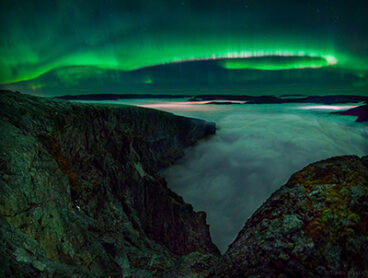
The project titled PAN – Phenomena of Arctic Nature provided a setting for three years of close cooperation between the partners. Its results benefit tourism entrepreneurs, visitors to the region, schoolchildren and local residents.
The operating area comprised the regions of Murmansk in Russia, Finnmark in Norway and Lapland in Finland. The work mainly focused on the area known as the Green Belt of Fennoscandia, from September 2019 to the end of October 2022.
Russia’s aggression in Ukraine stopped the cross-border cooperation with Russia from February 2022 onwards.
Read about the results of the PAN project!
Networking across the Green Belt of Fennoscandia
The Green Belt of Fennoscandia is about cross-border cooperation aiming to safeguard biodiversity, promote conservation and support sustainable nature tourism and local economies. The work carried out in the PAN project complemented international cooperation led by the environmental ministries of Finland, Russia and Norway. Nature and visitor centres are the mainstays of the network created in the PAN project. These centres and project workshops, seminars and events attract nature tourism entrepreneurs, regional parties and local actors to participate in the network.
Funding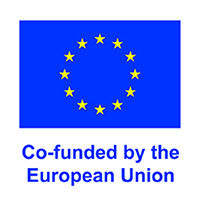
The total budget was EUR 2,615,785.
The project was implemented on funding from the EU’s cross-border cooperation programme Kolarctic CBS (kolarctic.info).
National funding was provided by Russia, Norway and Finland.
Private funding came from the Travelling in Salla association (visitsalla.fi).
Contact details and partners
Metsähallitus, Parks & Wildlife Finland, Lapland: lead partner
Project Manager Riina Tervo
riina.tervo@metsa.fi, tel.int. +358 206 39 7748
Partners
Finland:
- Municipality of Salla (salla.fi)
- Lapland University of Applied Sciences (lapinamk.fi)
- Youth Centre Vasatokka (vasatokka.fi)
Russia:
- Institute of North Industrial Ecology Problems INEP (inep, in Russian)
- Pasvik State Nature Reserve (pasvik51.ru)
Norway:
- Norwegian Institute of Bioeconomy Research NIBIO (nibio.no)
- Øvre Pasvik National Park administration (nasjonalparkstyre.no, in norwegian)
- Architecture Company Biotope (biotope.cloud)

Last updated 19 July 2024
